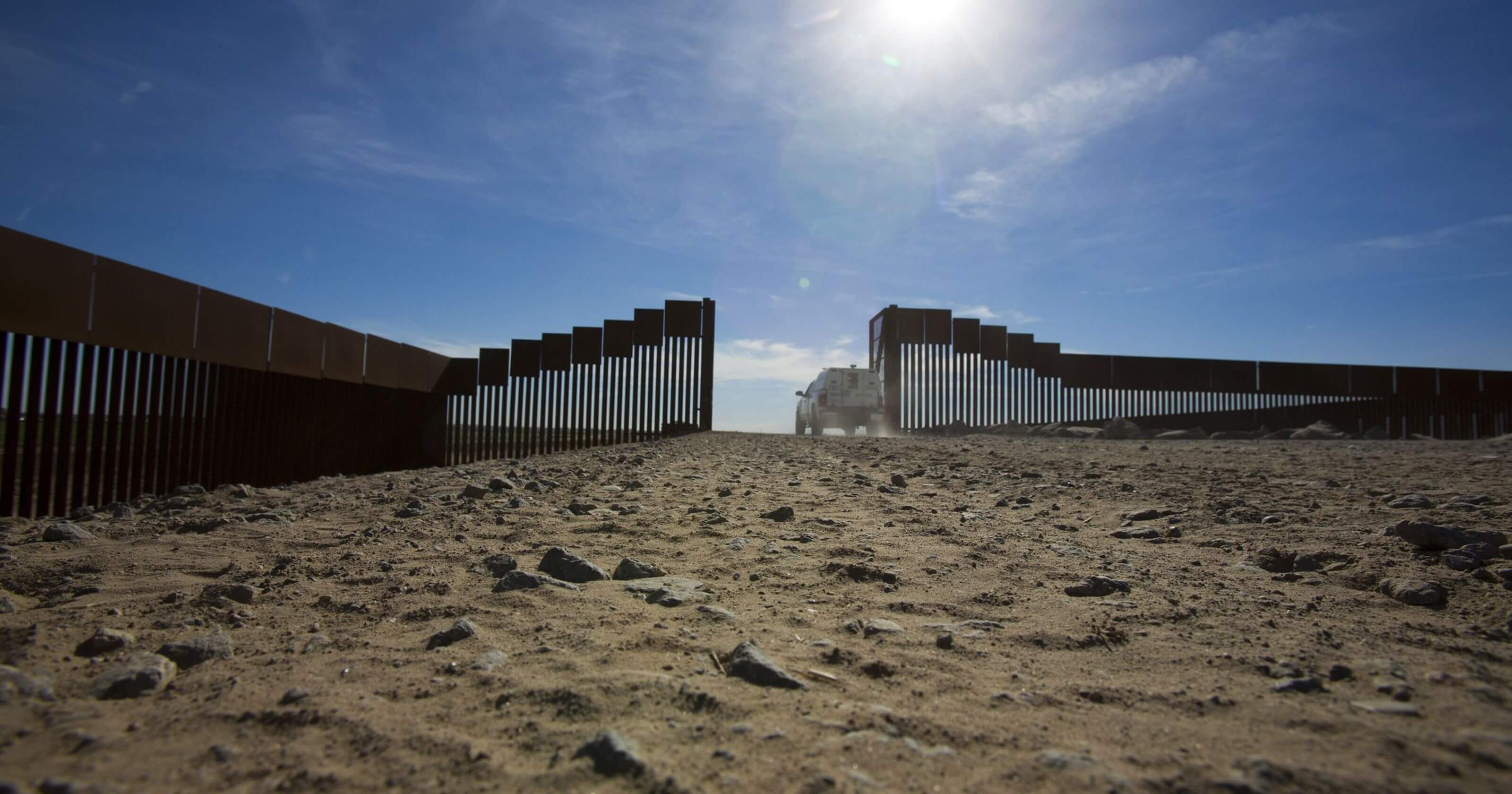President Donald Trump’s promise to build a wall on the nation’s southern border represents an ideological debate about changing demographics and funding priorities in the U.S for most of the Americans. But for the people living in flora and fauna, the wall would have much more tangible effects on their everyday lives.
The U.S. border with Mexico is nearly 2,000 miles long and has more than 10 million people living within the range. Most of the western parts of the border in California, Arizona, and New Mexico already have existing barriers such as walls, fences, and barbed wire. However, in Texas, most of the border spans vast and remote land much of which is privately owned without a humanmade barrier.
Aside from the countrywide emergency, Trump declared to secure extra billions for the border, the funding offer spelled out that a wall could not be constructed in Roma right until there is extra enter from the group. Area elected officers in some precise towns, which include Roma, and the Division of Homeland Stability now have right until Sept. 30 to attain agreements on whereby precisely the limitations will go.
The border wall that is slated to go up in Roma, separating most of the community from the Rio Grande River. For the people living over there, the river is part of their community. Children, from both countries, come to play in the Rio Grande while men fish from the riverbank.
“The most important worry we experienced with the border wall is, ‘Will it displace inhabitants in our community?’” stated Freddy Guerra, Roma’s assistant town manager.
The Rio Grande Valley is the part of South Texas that sees the most illegal border crossing, while that amount total has dropped radically more than the past two decades.
A team of undocumented immigrants wades throughout the Rio Grande at the U.S.-Mexico border on March 14, 2017, in Roma, Texas.
Trump continues to push for the construction of new barriers in Texas while claiming more border walls will lower crime rates, in Washington. Opponents still argue that the issue of border security is far more complex, and reject Trump’s wall proposal.
The hundred and fifty-acre plot of land in Roma that belongs to Noel Benavides has been in his household given that the 1700s. He thought of giving the land to his grandchildren. Now, he fears the authorities will take an aspect of his land away from him to construct the wall.
“It is quite private,” he claimed. “Just like it is for Mr. Trump.”
For Juan Moreno, who teaches math at Roma High School, he fears his son won’t be able to enjoy the same upbringing he did as a child.
“As a kid, the woods among my house and the river have been like my playground, and in a feeling, this same area proceeds to be my playground,” Moreno stated.




